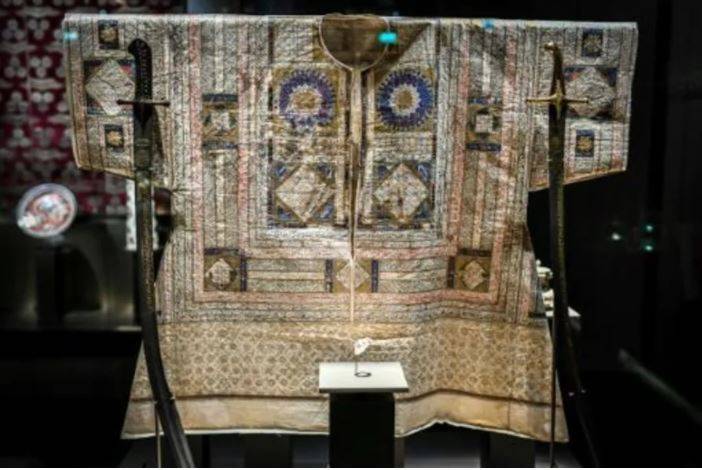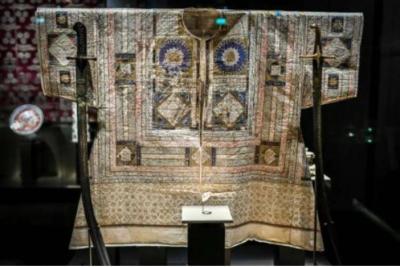The historic building "Hôtel de la Marine" in Paris is hosting a number of artifacts from the Al Thani collection starting Thursday and for the next twenty years. This collection, named after its owner, Sheikh Hamad bin Abdullah Al Thani, a member of the Qatari royal family known for his passion for art, includes nearly a hundred rare pieces. These artifacts, which include statues from very ancient civilizations, are displayed across four rooms that were used in the 18th century, prior to the French Revolution, to store furniture from the palaces of French kings.
From 2017 to 2021, this symbolic historical site was restored, with one of its facades overlooking the Place de la Concorde, and its halls equipped with modern technologies and high-quality materials. Over the next twenty years, the building will showcase a portion of Sheikh Hamad bin Abdullah Al Thani's collection, which originally consists of between five thousand and six thousand pieces, the oldest of which dates back thousands of years. The building will also host temporary exhibitions centered around specific themes.
An agreement was signed in this regard between the Al Thani Foundation and the French National Heritage Center, with the total investment value from the Qatari sponsor kept "confidential," according to the two institutions, which did not confirm or deny media reports suggesting that it amounts to around 20 million euros. Pieces from the collection have previously been exhibited in various locations around the world, including New York, London, and Tokyo.
The first hall displays seven masterpieces from four continents that highlight "Civilizations of the World," covering a period of more than five thousand years. Among these pieces is a idol from Kilia (Anatolia) dating from between 3300 and 2500 BC, a red jade head of a Pharaoh from the peak of ancient Egyptian civilization, a rare gilded bronze statue from the Han dynasty representing a bear, and a rare mask-shaped pendant from the Maya civilization.
According to Qatari collection curator Amin Jaafar, the hall featuring this collection, adorned with intertwined golden flowers hanging from the ceiling with golden threads, immerses the visitor in a realm "in harmony with the universality of art." The second exhibition hall is a sloping corridor immersed in darkness, housing 11 sculpted faces through the ages, illuminated in a distinctive manner.
Notable among these sculptures is a quartzite head (dating to around 2050 BC) reminiscent of statues of King Gudea, ruler of the Sumerian city of Lagash in Mesopotamia, and a Fang-Betsi head from Gabon (1700-1850); as well as a white agate head of Emperor Hadrian crafted around 1240, affixed to a crimson-silver bust from the 16th century.
The next station in the collection, located in a parallel gallery, contains other high-precision treasures including engraved stone pieces, gold and silver vessels, jewelry, and decorations from the Mediterranean region dating back between 900 and 100 BC, as well as many pieces of Olmec rock art (dating to 1200 BC at the earliest).
The tour concludes with Islamic masterpieces displayed in a final hall designed for "temporary exhibitions on renewed themes, aimed at promoting international cultural exchange," according to Jaafar. Among these exhibits are manuscripts, textiles, iron, ceramic, glass pieces, and jewelry. These items originate from throughout the Islamic world and belong to various eras, from the Umayyad caliphate to the Mughal Empire. Among these masterpieces is a page from the Blue Quran, one of the most famous manuscripts dating back to the Middle Ages, whose origin has sparked much debate.




